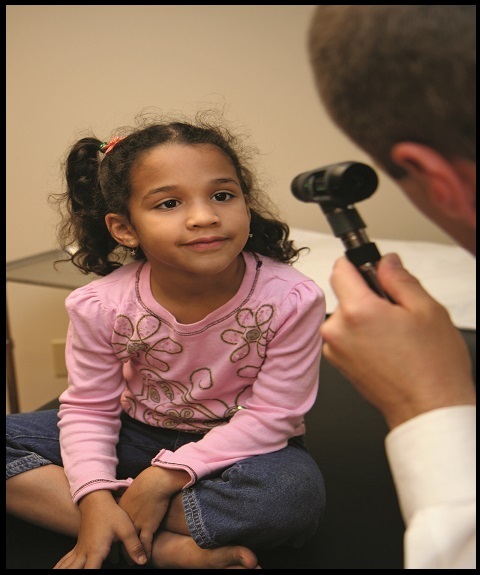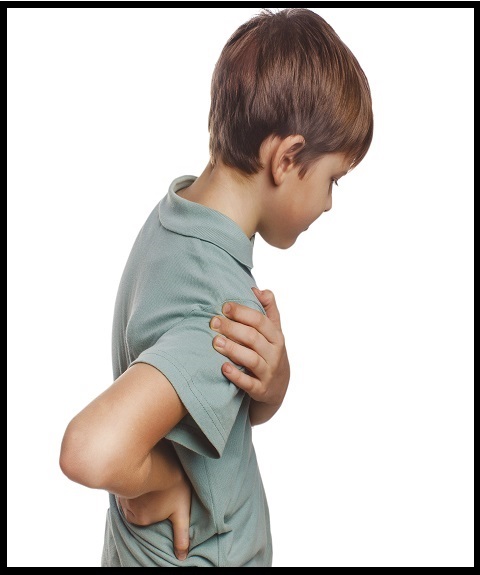Diagnosis
Getting a quick and early diagnosis is critical as it can lead to quicker treatment, relief from your symptoms, and peace of mind knowing the nature of your condition. A pediatric rheumatologist is the best type of doctor to diagnose and treat juvenile spondyloarthritis.
Overview
Do you have pain around the joints of your lower body? Specifically the heels, toes or knees? Do you have back pain that gets worse with staying still, and better with activity? These can be clues for JSpA.
A physician (preferably a pediatric rheumatologist) specialized in the care of children with rheumatic diseases will be able to make a more accurate and timely diagnosis of JSpA or other rheumatic diseases.
After thoroughly examining your body through imaging and physical tests, as well as asking detailed questions about pain and stiffness, a physician should be able to make a diagnosis.
Diagnosis
The diagnosis of JSpA is made on the basis of signs and symptoms of the disease and imaging of the sacroiliac or other joints that show characteristic abnormalities. Physicians experienced in the care of children with JSpA and other types of arthritis (pediatric rheumatologists) will ask detailed questions about local and generalized pain and stiffness, particularly whether it occurs in the back, joint symptoms, heel pain, eye problems, and other symptoms. They will do a careful examination looking for arthritis including sacroiliitis, enthesitis, loss of mobility in joints and the spine, and reduced chest expansion. They may order blood tests and x-rays or MRIs looking for inflammation or joint damage.


Testing
There are no specific laboratory tests for JSpA, but certain tests can be very helpful in determining the presence of risk factors such as the HLA-B27 gene, or measuring how active the disease is. Blood tests show that children with JSpA only very rarely have antinuclear antibodies (ANA) or rheumatoid factor (RF), which are typical in some other types of juvenile arthritis. The HLA-B27 gene is present in approximately 40 – 65% of those with JSpA, and varies widely by ethnicity. The HLA-B27 test is helpful, but it is not sufficient to make a diagnosis of JSpA, as it is also found in 7-8% of healthy people.
Some pediatric patients start out with a diagnosis of JSpA and may eventually develop ankylosing spondylitis (AS) as adults, but this is not always the case. It is still unclear exactly what proportion of patients with JSpA will develop AS, but it is probably close to 20%.
Sometimes JSpA can look like other diseases, and doctors must take care to make a correct diagnosis. For example, in young children JSpA sometimes looks a lot like Juvenile Idiopathic Arthritis (JIA). However, since JIA is more common in girls, often associated with a positive antinuclear antibody test, and rarely involves enthesitis, these features can frequently be used to help make the correct diagnosis.
There are also certain conditions that tend to occur with JSpA such as inflammatory bowel disease (Crohn’s disease and ulcerative colitis), iritis (inflammation of the eye that may appear like pink eye), and psoriasis (a scaly skin rash). These may occur in children as well as adults.
Donations by members of the SAA, including our corporate member AbbVie, support our programs and services.

The Spondylitis Association of America is solely responsible for all of the content hosted on spondylitis.org.